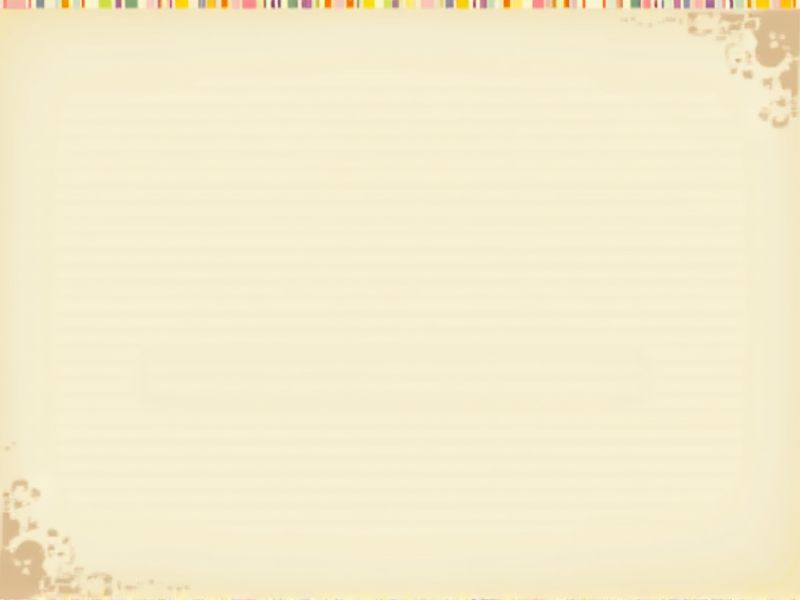
When planning a business lunch or a casual lunch invitation, a well-written letter can set the right tone and ensure clear communication. Whether you are inviting colleagues, clients, or friends, a lunch letter should be polite, concise, and convey all necessary details such as time, place, and purpose. Crafting an effective lunch letter helps in making arrangements smoother and shows professionalism and consideration. Additionally, expressing gratitude or enthusiasm can enhance the recipient's experience and willingness to attend. To assist you further, this article provides a variety of lunch letter templates suited for different occasions and audiences.
Samples of letter sample for lunch
Professional Letter Sample For Lunch Invitation
Casual Letter Sample For Lunch Gathering
Formal Letter Sample For Business Lunch
Friendly Letter Sample For Lunch With A Colleague
Creative Letter Sample For Lunch Event
Polite Letter Sample For Lunch Request
Sample Letter For Lunch Meeting Organization
Invitation Letter Sample For Lunch Party
Heartfelt Letter Sample For Lunch With Friends
Short Letter Sample For Lunch Introduction
Sample Letter For Lunch Proposal
Sample Letter For Team Lunch Announcement
Informative Letter Sample For Lunch Fundraiser
Engaging Letter Sample For Lunch Discussion
Formal Request Letter Sample For Lunch Reservation
Sample Letter For Lunch Celebration Invitation
Straightforward Letter Sample For Lunch Follow-Up
Elegant Letter Sample For Lunch Appreciation
Sample Reminder Letter For Lunch Appointment
Straightforward Letter Sample For Lunch Plan Coordination
Important Things to Know when Writing Letter Sample For Lunch
Purpose Of The Letter
Understanding the purpose of a lunch invitation letter is crucial for effective communication. This letter typically serves to formally invite someone to share a meal, whether for social, business, or celebratory reasons. It should clearly convey the key details, such as the date, time, location, and any specific occasion, ensuring that the recipient understands the intention behind the invitation. Keeping the tone friendly yet professional will enhance the likelihood of a positive response.
Formal Vs. Informal Tone
When crafting a lunch invitation letter, understanding the distinction between formal and informal tones is crucial. A formal tone typically includes polite language, clear structure, and may use titles or surnames when addressing recipients, making it appropriate for professional settings or invitations to colleagues and clients. In contrast, an informal tone allows for a more relaxed approach, using first names, casual phrases, and a friendly demeanor, which is suitable for invitations to friends or family. Tailoring your letter's tone to the audience not only enhances clarity but also sets the right expectations for the gathering.
Key Components (Greeting, Body, Closing)
When crafting a lunch invitation letter, it is essential to include several key components. Begin with a friendly greeting that sets a welcoming tone, followed by the body, which should clearly state the purpose of the invitation, date, time, and location of the lunch. Make sure to personalize the message by expressing enthusiasm about the prospect of sharing a meal together. Finally, conclude with a warm closing that encourages a reply, reinforcing your eagerness for their company.
Clarity And Conciseness
When writing a letter inviting someone to lunch, clarity and conciseness are crucial. Clearly state the purpose of the lunch, whether it's a casual meeting or a business discussion, to avoid any confusion. Keep the message brief by including essential details such as the date, time, location, and any specific topics you wish to discuss. This approach ensures your recipient understands the intent of the meeting without wading through unnecessary information.
Proper Formatting And Structure
Proper formatting and structure are essential when drafting a lunch invitation letter. Start with a clear and concise subject line, followed by a polite greeting that addresses your recipient directly. The body of the letter should include the purpose of the lunch, the proposed date and time, and any necessary details such as the location or theme. Conclude with a courteous closing that encourages your guest to respond, ensuring your invitation appears both professional and inviting.
